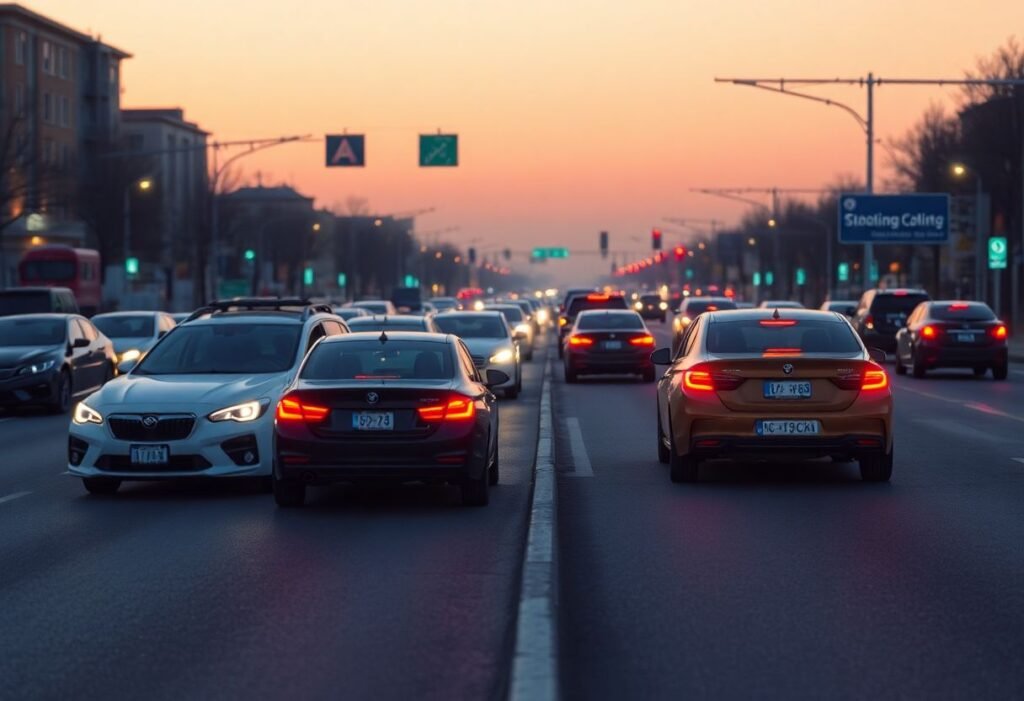The advent of autonomous vehicles represents a pivotal turning point in modern transportation, poised to revolutionize our commute patterns. As innovation continues to drive advancements in this field, the implications stretch beyond mere convenience. Understanding how these vehicles will reshape our daily lives is crucial for adapting to this emerging technology.
The Impact of Autonomous Vehicles on Urban Mobility
Autonomous vehicles are expected to significantly alter urban mobility by reducing traffic congestion and improving efficiency. Traditional commuting patterns are fraught with inefficiencies, such as overcrowded public transport and lengthy traffic jams. With the integration of self-driving cars into our transportation system, commuters can expect smoother rides. These vehicles can optimize routes in real-time based on traffic conditions, ultimately shortening travel times. As cities implement more smart technologies, the synergy between autonomous vehicles and infrastructure will pave the way for a more seamless transit experience, appealing to those who value time and efficiency.
Potential Environmental Benefits
One of the most promising aspects of autonomous vehicles is their potential to minimize environmental impact. By reducing the number of vehicles on the road and enhancing ride-sharing services, self-driving technology could lead to lower emissions. Electric autonomous cars, in particular, offer a glimpse into a future where commuting does not contribute to air pollution. Moreover, as commuting becomes more efficient, we can expect a decrease in fuel consumption. This shift not only benefits the environment but also aligns with global efforts towards sustainability and reducing carbon footprints.
Changing Workforce Dynamics
The rise of autonomous vehicles will also have a profound effect on the workforce. As commute patterns evolve, so too will the structure of jobs. Remote work may become more commonplace as employees will no longer be tethered to a physical location for their work. As commuting becomes more convenient, we may see an influx of people choosing longer commutes for their dream jobs, thus reshaping the job market landscape. Furthermore, industries related to transportation innovation will experience growth, demanding new skill sets and creating job opportunities in areas such as vehicle maintenance and software development.
Redefining Public Transportation
The integration of autonomous vehicles could revolutionize public transportation systems. Imagine a future where driverless shuttles operate on-demand, providing last-mile connectivity to commuters seamlessly. This not only enhances accessibility but also ensures that underserved areas receive the transportation options they deserve. As commuters find these new solutions effective, public transport as we know it will likely evolve, focusing more on integration with autonomous technology to facilitate smoother travel experiences across all modes of transport.
Safety Improvements in Commuting
Safety is another significant benefit associated with the adoption of autonomous vehicles. They are equipped with advanced sensors and artificial intelligence that enable them to react to road conditions much faster than human drivers. This technological edge is expected to result in a decrease in traffic accidents and fatalities. With fewer accidents, insurance costs may decline, and overall public confidence in self-driving technology will likely increase. As more people embrace these vehicles, a cultural shift towards safer commuting practices is anticipated, representing a significant step forward in road safety.
The Future of Smart Cities
As autonomous vehicles become a staple on the roads, we will see their integral role in the development of smart cities. These urban areas will utilize advanced technologies, including IoT devices and interconnected systems, to enhance efficiency in transport and urban planning. By streamlining traffic management and reducing congestion, smart cities will become more livable for their residents. As cities adapt to this excited future, the innovation surrounding autonomous vehicles will undoubtedly lead to significant improvements not just in commuting, but in overall city dynamics.
Disclaimer: The perspectives shared in this article are reflections of current trends and may evolve as technology and policies develop.





















